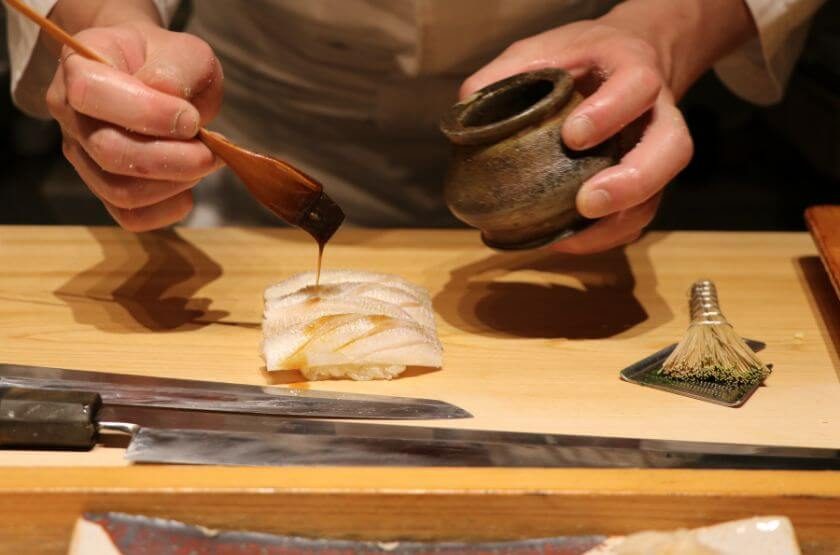
The history of Michelin-starred restaurants is closely tied to the Michelin Guide, a prestigious restaurant guidebook that originated in France. Here’s a brief overview of its history:
Origins: The Michelin Guide was first published in 1900 by the Michelin tire company. Initially, it was intended as a guide for motorists in France, providing information about hotels, mechanics, and other useful travel-related tips.
Introduction of Restaurant Reviews: In 1926, the Michelin Guide introduced a star rating system for restaurants. The stars were intended to recognize exceptional culinary establishments and began with a single star denoting “a very good restaurant in its category.”
Expansion and Criteria: Over time, the Michelin Guide expanded its coverage beyond France and began reviewing restaurants in other countries. In addition to the star ratings, the guide also introduced other symbols such as Bib Gourmand (recognizing good food at a reasonable price) and the coveted three-star rating, which signifies “exceptional cuisine, worth a special journey.”
Influence and Prestige: Michelin stars quickly became synonymous with culinary excellence and prestige. Restaurants worldwide aspired to earn even a single star, and achieving and maintaining Michelin stars became a significant goal for many chefs and establishments.
Evolution and Criticism: The Michelin Guide has evolved over the years, adapting to changing culinary trends and expanding its international presence. However, it has also faced criticism for its perceived biases and high-pressure working conditions it may impose on chefs striving to attain or retain their stars.
Global Recognition: Today, the Michelin Guide covers various countries across the globe, including France, the United States, the United Kingdom, Japan, Germany, and more. It remains one of the most respected and influential restaurant guides worldwide.
Michelin stars are awarded based on anonymous inspections and reviews by experienced inspectors who evaluate factors such as the quality of ingredients, culinary technique, consistency, and creativity. Earning even a single Michelin star is considered a significant achievement in the culinary world, while obtaining three stars is considered the pinnacle of success and places a restaurant among the finest in the world.


